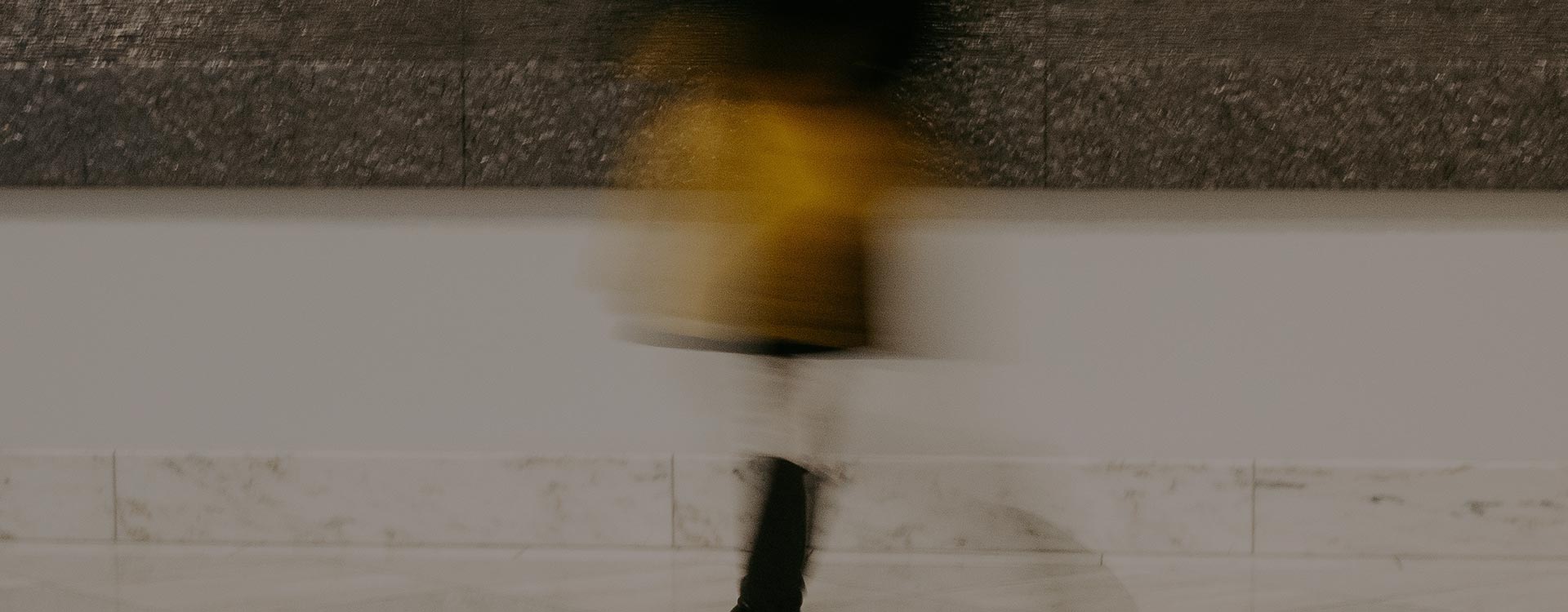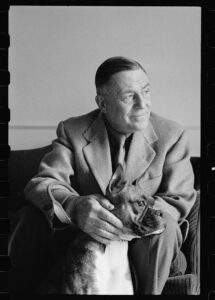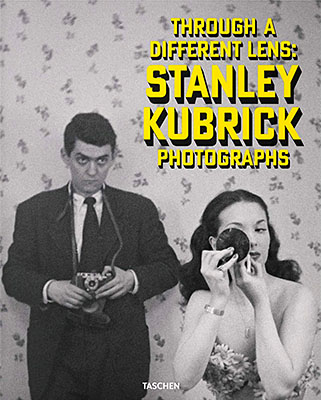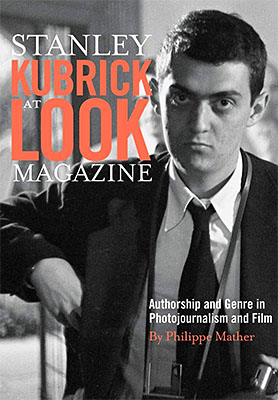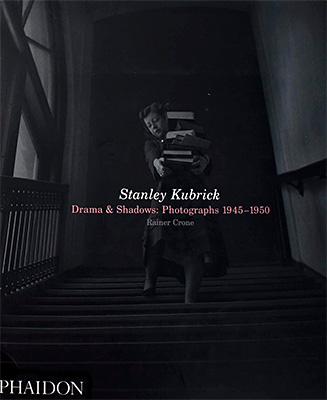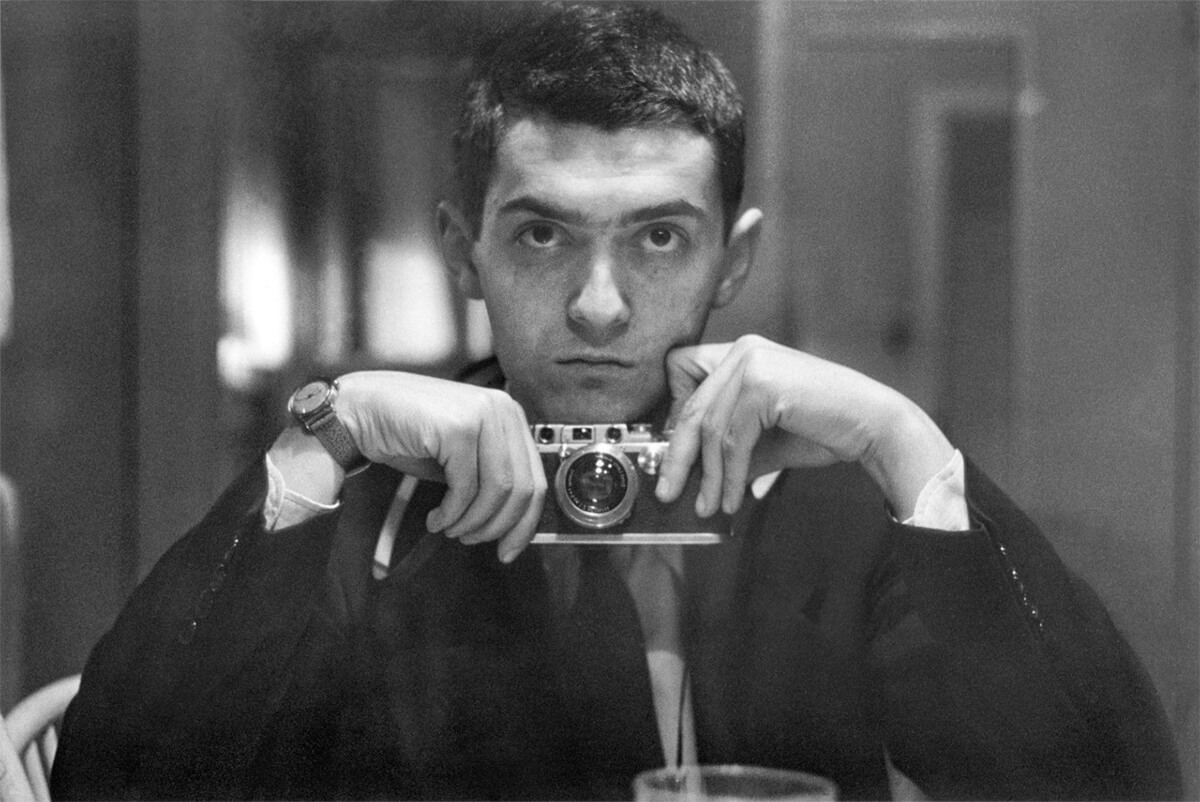
STANLEY KUBRICK
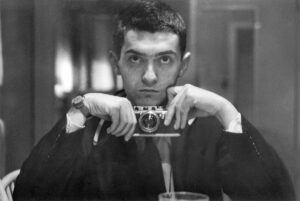
Country: United States
Birth: 1928 | Death: † 1999
Stanley Kubrick (July 26, 1928 – March 7, 1999) was an American film director, producer, screenwriter, and photographer. He is frequently cited as one of the greatest filmmakers in cinematic history. His films, which are mostly adaptations of novels or short stories, cover a wide range of genres and are noted for their realism, dark humor, unique cinematography, extensive set designs, and evocative use of music.
Kubrick was raised in the Bronx, New York City, and attended William Howard Taft High School from 1941 to 1945. He received average grades, but displayed a keen interest in literature, photography, and film from a young age, and taught himself all aspects of film production and directing after graduating from high school. After working as a photographer for Look magazine in the late 1940s and early 1950s, he began making short films on a shoestring budget, and made his first major Hollywood film, The Killing, for United Artists in 1956. This was followed by two collaborations with Kirk Douglas: the war picture Paths of Glory (1957) and the historical epic Spartacus (1960).
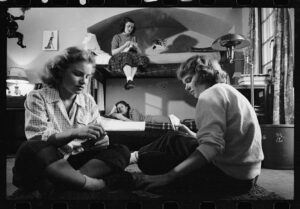
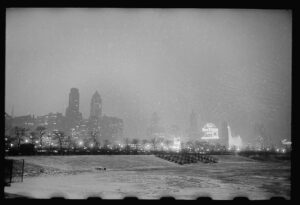
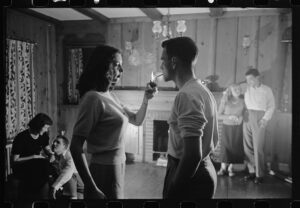
A demanding perfectionist, Kubrick assumed control over most aspects of the filmmaking process, from direction and writing to editing, and took painstaking care with researching his films and staging scenes, working in close coordination with his actors and other collaborators. He often asked for several dozen retakes of the same shot in a movie, which resulted in many conflicts with his casts. Despite the resulting notoriety among actors, many of Kubrick’s films broke new ground in cinematography. The scientific realism and innovative special effects of 2001: A Space Odyssey (1968) were without precedent in the history of cinema, and the film earned him his only personal Oscar, for Best Visual Effects. Steven Spielberg has referred to the film as his generation’s “big bang”; it is regarded as one of the greatest films ever made. For the 18th-century period film Barry Lyndon (1975), Kubrick obtained lenses developed by Zeiss for NASA, to film scenes under natural candlelight. With The Shining (1980), he became one of the first directors to make use of a Steadicam for stabilized and fluid tracking shots. While many of Kubrick’s films were controversial and initially received mixed reviews upon release—particularly A Clockwork Orange (1971), which Kubrick pulled from circulation in the UK following a mass media frenzy—most were nominated for Oscars, Golden Globes, or BAFTA Awards, and underwent critical reevaluations. His last film, Eyes Wide Shut, was completed shortly before his death in 1999 at the age of 70.
Stanley Kubrick, Photographer
Kubrick attended William Howard Taft High School from 1941 to 1945. Though he joined the school’s photography club, which permitted him to photograph the school’s events in their magazine, he was a mediocre student, with a 67/D+ grade average. Introverted and shy, Kubrick had a low attendance record and often skipped school to watch double-feature films. He graduated in 1945 but his poor grades, combined with the demand for college admissions from soldiers returning from the Second World War, eliminated any hope of higher education. Later in life, Kubrick spoke disdainfully of his education and of American schooling as a whole, maintaining that schools were ineffective in stimulating critical thinking and student interest. His father was disappointed in his son’s failure to achieve the excellence in school of which he knew Stanley was fully capable. Jack also encouraged Stanley to read from the family library at home, while at the same time permitting Stanley to take up photography as a serious hobby.
While in high school, Kubrick was chosen as an official school photographer. In the mid-1940s, since he was unable to gain admission to day session classes at colleges, he briefly attended evening classes at the City College of New York. Eventually, he sold a photographic series to Look magazine, which was printed on June 26, 1945. Kubrick supplemented his income by playing chess “for quarters” in Washington Square Park and various Manhattan chess clubs.
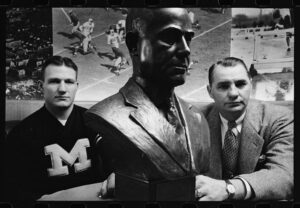
In 1946, he became an apprentice photographer for Look and later a full-time staff photographer. G. Warren Schloat, Jr., another new photographer for the magazine at the time, recalled that he thought Kubrick lacked the personality to make it as a director in Hollywood, remarking, “Stanley was a quiet fellow. He didn’t say much. He was thin, skinny, and kind of poor—like we all were.” Kubrick quickly became known for his story-telling in photographs. His first, published on April 16, 1946, was entitled A Short Story from a Movie Balcony and staged a fracas between a man and a woman, during which the man is slapped in the face, caught genuinely by surprise. In another assignment, 18 pictures were taken of various people waiting in a dental office. It has been said retrospectively that this project demonstrated an early interest of Kubrick in capturing individuals and their feelings in mundane environments. In 1948, he was sent to Portugal to document a travel piece and covered the Ringling Bros. and Barnum & Bailey Circus in Sarasota, Florida. Kubrick, a boxing enthusiast, eventually began photographing boxing matches for the magazine. His earliest, Prizefighter, was published on January 18, 1949, and captured a boxing match and the events leading up to it, featuring Walter Cartier. On April 2, 1949, he published the photo essay Chicago-City of Extremes in Look, which displayed his talent early on for creating atmosphere with imagery. The following year, in July 1950, the magazine published his photo essay, Working Debutante – Betsy von Furstenberg, which featured a Pablo Picasso portrait of Angel F. de Soto in the background. Kubrick was also assigned to photograph numerous jazz musicians, from Frank Sinatra and Erroll Garner to George Lewis, Eddie Condon, Phil Napoleon, Papa Celestin, Alphonse Picou, Muggsy Spanier, Sharkey Bonano, and others.
Kubrick married his high-school sweetheart Toba Metz on May 28, 1948. They lived together in a small apartment at 36 West 16th Street, off Sixth Avenue just north of Greenwich Village. During this time, Kubrick began frequenting film screenings at the Museum of Modern Art and New York City cinemas. He was inspired by the complex, fluid camerawork of director Max Ophüls, whose films influenced Kubrick’s visual style, and by the director Elia Kazan, whom he described as America’s “best director” at that time, with his ability of “performing miracles” with his actors. Friends began to notice Kubrick had become obsessed with the art of filmmaking—one friend, David Vaughan, observed that Kubrick would scrutinize the film at the cinema when it went silent, and would go back to reading his paper when people started talking. He spent many hours reading books on film theory and writing notes. He was particularly inspired by Sergei Eisenstein and Arthur Rothstein, the photographic technical director of Look magazine.
Source: Wikipedia
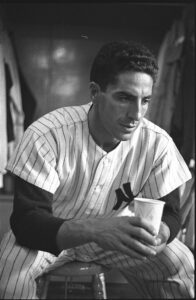
While LOOK Magazine includes work by many noteworthy photographers, Stanley Kubrick’s photos have been the subject of repeated inquiries because of his later career as a filmmaker. This guide is intended to convey the scope of Kubrick’s work for the magazine, as well as the information needed to locate the photographs. Stanley Kubrick worked for LOOK Magazine from 1946 until 1950. After selling a number of photographs to the magazine as a freelancer, he was hired as an apprentice photographer in April of 1946. He became a staff photographer in 1947. Kubrick’s work for LOOK consists of thousands of frames of film. Most of these images are not digitized. The LOOK Magazine Photograph Collection came to the Prints and Photographs Division (P&P) of the Library of Congress in 1971 when the magazine ceased publication. During the earlier years of the magazine’s publication, magazine staff gave some photographic assignments (Jobs), mostly those focusing on New York City subjects, to the Museum of the City of New York (MCNY). Because of this, Kubrick’s work for LOOK Magazine is divided between the two institutions.
Source: Library of Congress
WEBSITE

